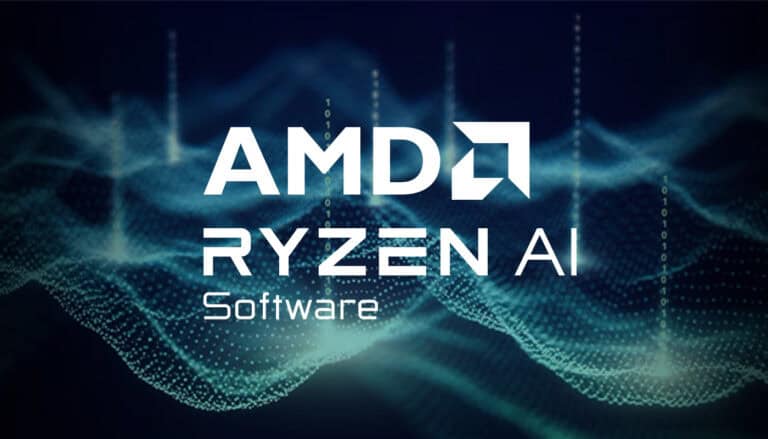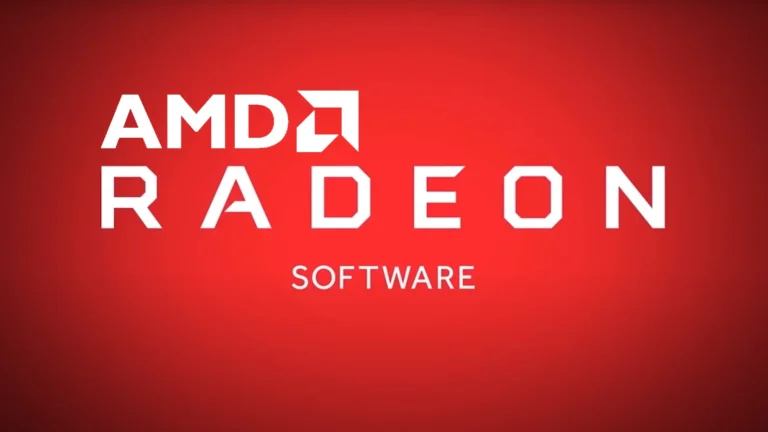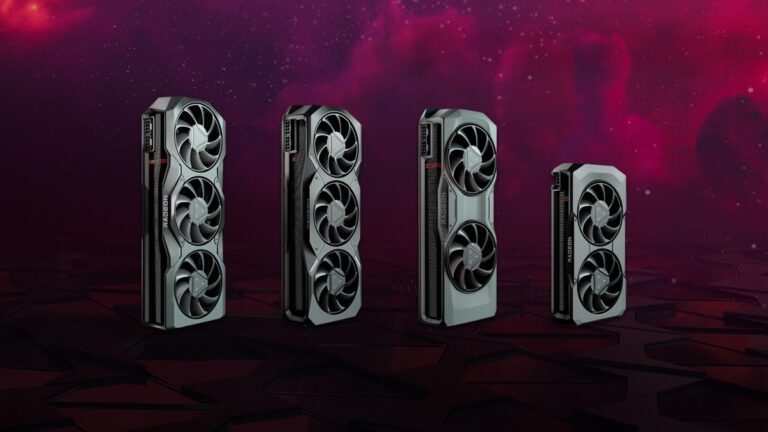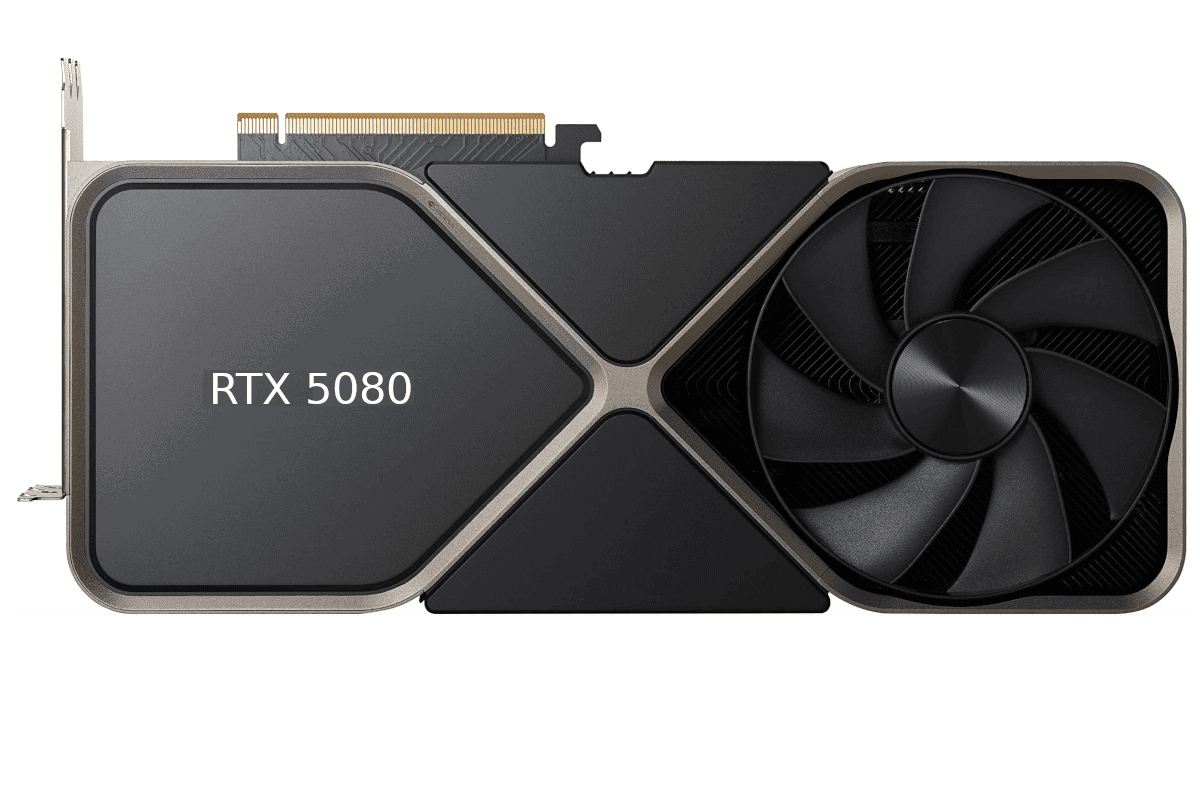
ZOTAC has inadvertently revealed important information about NVIDIA’s upcoming RTX 50 series graphics cards, including an impressive 32GB version of the RTX 5090. The launch announcement for this series is expected on CES 2025. The leak confirms that the flagship RTX 5090 will feature a substantial 32GB of GDDR7 memory.
Other models, such as the RTX 5080, RTX 5070 Ti, and RTX 5070, are also anticipated. This leak emphasizes the transition to GDDR7 memory, which is set to significantly improve performance. NVIDIA is scheduled to officially unveil the RTX 50 series at CES 2025, signaling a major advancement in graphics card technology.
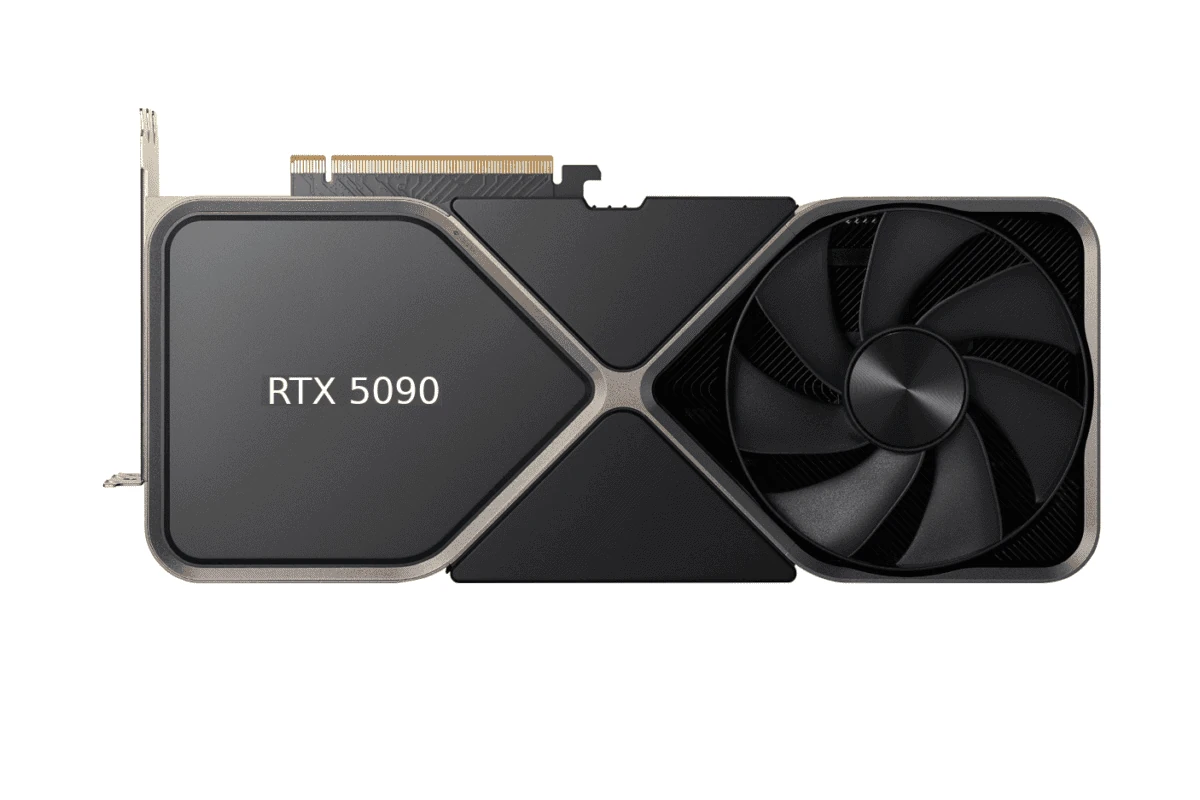
RTX 50 Series Leaked Details: Performance, Memory, and Release Date
RTX 5090: Flagship Power
The Zotac leak confirmed the existence of the RTX 5090, NVIDIA’s flagship graphics card. This powerhouse will boast 32GB of GDDR7 memory, a significant upgrade over the RTX 4090’s 24GB. This increased memory capacity will benefit demanding workloads like 8K gaming and creative applications. The RTX 5090 is expected to feature a massive CUDA core count and consume substantial power.
RTX 5080: High-End Performance
The leak also revealed the RTX 5080, a high-end card positioned below the 5090. This model is likely to feature 16GB of GDDR7 memory, targeting 4K gaming at high refresh rates with ray tracing enabled. It will offer a compelling option for enthusiasts seeking top-tier performance without the extreme price of the 5090.
Other Models in the Lineup
The leak mentioned other models in the RTX 50 series, including the RTX 5070 Ti and RTX 5070. These cards will likely cater to different price points and performance levels. The RTX 5060 was notably absent from the leak, suggesting a potential later release or a different market strategy for this model.
GDDR7 Memory: A Performance Boost
The RTX 50 series is expected to utilize GDDR7 memory. This cutting-edge memory technology offers significantly improved bandwidth and efficiency compared to GDDR6X, enabling higher frame rates and smoother gameplay.
Memory Comparison Table
| Model | Memory | Memory Bus Width |
|---|---|---|
| RTX 5090 | 32GB GDDR7 | 512-bit |
| RTX 5080 | 16GB GDDR7 | 256-bit |
| RTX 5070 Ti | 16GB GDDR7 | 256-bit |
| RTX 5070 | 12GB GDDR7 | 192-bit |
Release Date and Availability
NVIDIA is expected to officially announce the RTX 50 series at CES 2025 in January. Availability is likely to follow shortly after the announcement.
AMD RDNA 4: The Next Generation of AMD Graphics
While the RTX 50 series dominates the conversation, it’s crucial to remember AMD’s role in the graphics card market. AMD is expected to unveil their next-generation RDNA 4 architecture, which will likely power their Radeon 7000 series GPUs. RDNA 4 promises significant performance improvements and new features to compete with NVIDIA’s latest offerings.
Short Summary:
- Details of five models in the RTX 50 series confirmed on ZOTAC’s website.
- The RTX 5090 is expected to feature 32GB of GDDR7 memory.
- NVIDIA’s CES 2025 announcement is anticipated to provide further insights into these GPUs.
ZOTAC, a premium NVIDIA partner in graphics technology, unintentionally disclosed details about the upcoming RTX 50 series GPUs on its website. Though the listings were swiftly removed, they included the much-discussed RTX 5090 and four other models, indicating an impending announcement expected to coincide with CES 2025. According to sources like VideoCardz, these revelations set the stage for what could be one of NVIDIA’s most significant launches yet.
Confirmed Models and Specifications
The leaked information listed the following models:
- GeForce RTX 5090
- GeForce RTX 5090D (China-exclusive variant)
- GeForce RTX 5080
- GeForce RTX 5070 Ti
- GeForce RTX 5070
Notably absent from the lineup were the RTX 5060 and RTX 5060 Ti, suggesting that these models might be launched subsequently or perhaps not at all alongside this flagship series. The omission raises questions about NVIDIA’s strategy for the lower end of the market, especially as the current landscape grows more competitive.
Memory and Performance Enhancements
Perhaps the most exciting revelation from the ZOTAC leak is the high memory specification slated for the RTX 5090. Featuring a staggering 32GB of GDDR7 memory, this card will surpass the previous generation’s maximum of 24GB found in the RTX 4090. In the context of gaming and high-performance tasks, this upgrade in VRAM hints at greater texture loads, improved rendering capabilities, and better performance in memory-intensive applications.
“This is the first official source we’ve seen confirming 32GB of capacity on the RTX 5090,” notedVideoCardz
, adding significantly to the excitement surrounding NVIDIA’s announcement.
Accompanying this increase in VRAM, NVIDIA is expected to integrate GDDR7 memory for the entire RTX 50 series, ensuring faster data transfer rates and improved power efficiency. This technological leap not only places NVIDIA’s offerings at the forefront of performance but also sets them apart from AMD’s competing products.
Power Requirements and Physical Dimensions
As anticipation grows for the RTX 50 series, potential buyers should be prepared for substantial power requirements and size considerations. Reports indicate that the RTX 5090 may require a power supply unit (PSU) rated between 650W to 750W, highlighting the card’s significant draw. There are murmurs within the tech community suggesting a TGP (Total Graphics Power) of around 600W, though this figure is still subject to confirmation.
“The RTX 5090 will reportedly occupy three to four slots on a motherboard, making it one of the most physically imposing GPUs to date,” mentioneda source familiar with the matter
.
The RTX 5080 is rumored to have a more manageable power requirement of about 400W. In comparison, the outgoing RTX 4090 has a specified TGP of 450W, indicative of how NVIDIA is pushing the envelope in performance capabilities while still managing power efficiency as much as possible.
Market Positioning and Future Releases
Despite the thrilling details surrounding NVIDIA’s high-end models, the absence of lower-tier offerings raises concerns for budget-conscious gamers. With no sign yet of the RTX 5060 or 5050, it remains to be seen if NVIDIA intends to keep its higher-end cards as the primary focus during the initial launch phase while potentially revealing budget options later.
The current competitive landscape, marked by releases from companies like Intel—with their new B580 graphics cards promising substantial performance—places added pressure on NVIDIA. Players in the budget segment are eagerly awaiting news regarding the RTX 5060, though early rumors suggest an 8GB capacity for this entry-level card.
Upcoming CES 2025 Announcement
The spotlight will soon be on NVIDIA as they prepare to provide further updates regarding the RTX 50 series during their keynote at CES 2025. Although NVIDIA has not officially confirmed the details recently released on Zotac’s website, industry experts anticipate that the unveiling will include comprehensive specifications and pricing information that could reshape the gaming GPU market. Insiders are speculating about the potential impact this new series could have on the existing lineup. NVIDIA seems to be focusing on capturing the high-performance segment of the market, which may put pressure on competing brands to innovate rapidly.
As tech analyst Mark Campbell pointed out, “The absence of any low-tier models at launch suggests a deliberate strategy by NVIDIA to dominate the high-end market.” As anticipation builds around NVIDIA’s RTX 50 series, the details released by Zotac have offered an exciting glimpse into what could be one of the most thrilling GPU launches to date. With features like a staggering 32GB of GDDR7 memory and new architectural advancements, these cards promise to deliver unparalleled performance and power efficiency for both gamers and professionals alike.
However, as the dust settles from this early leak, gamers and tech enthusiasts are left wondering about pricing strategies, potential availability, and how NVIDIA’s new offerings will compare to competitors in the coming months. As we approach CES 2025, all eyes will be on NVIDIA for answers.

